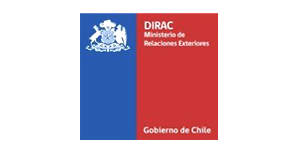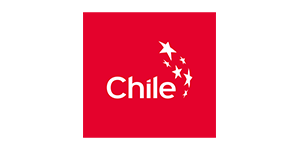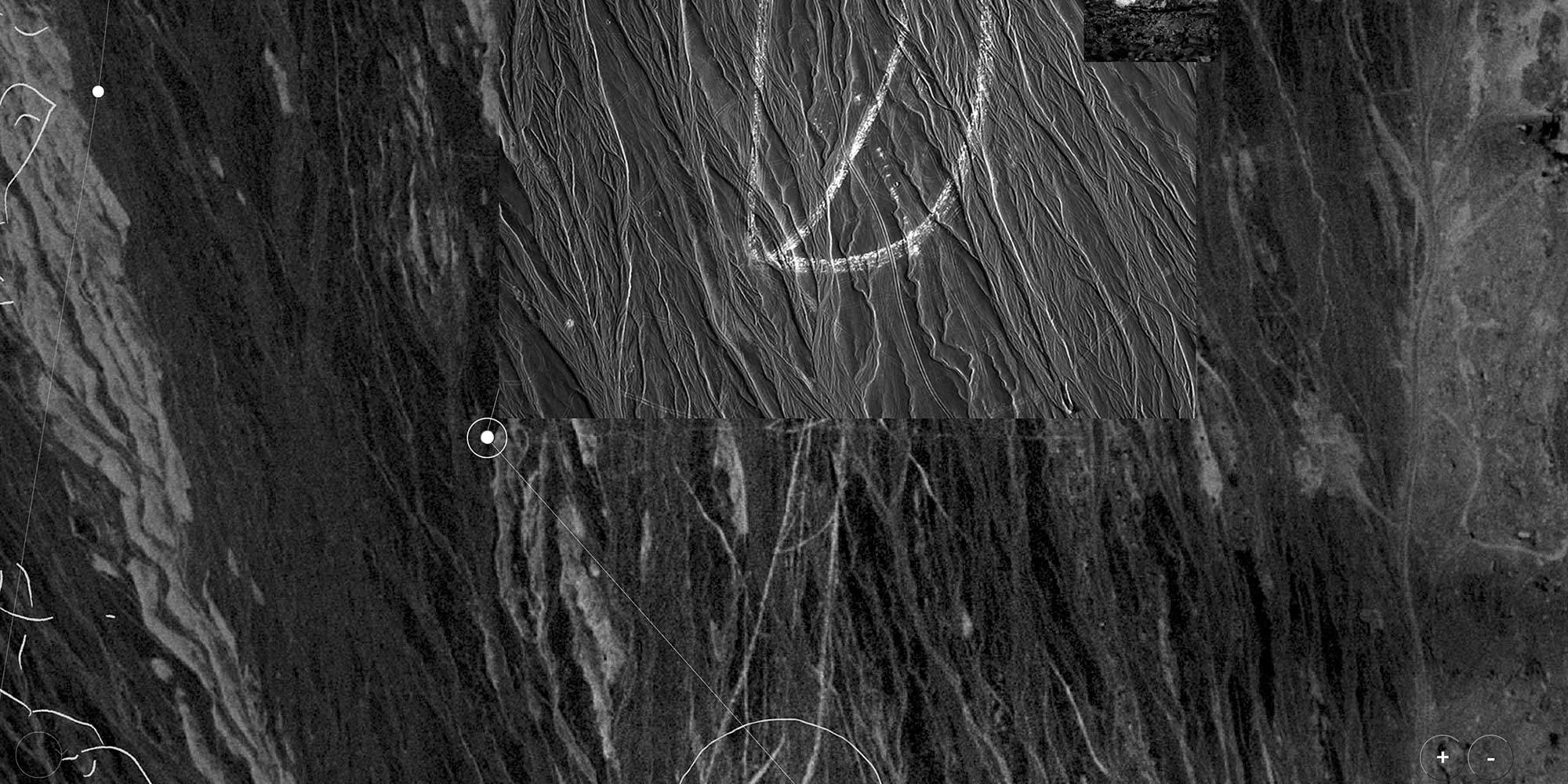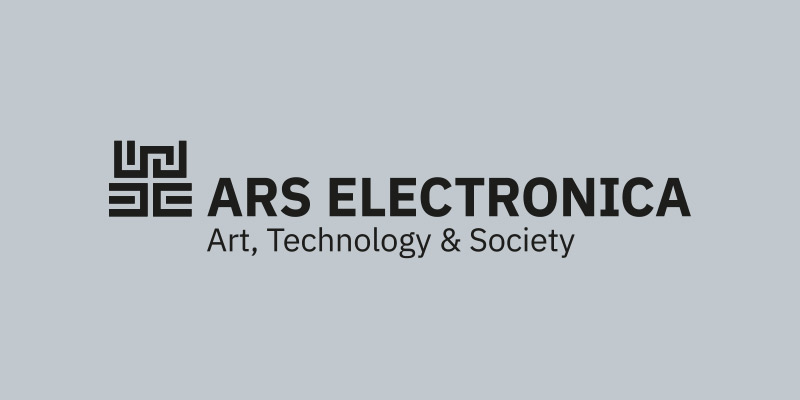Ejercicios de aridez (Aridity Exercises), a project developed between 2017 and 2021, is focused on the image of a two kilometer long “corvo” knife, a historic emblem of the Chilean armed forces, meticulously drawn with chalk on the surface of the Atacama Desert, the driest place on earth. There is no certainty as to the drawings’ authorship, though the image demonstrates intent, and the persistence of the physical territory where it’s etched.
The “corvo” was first adopted by the Chilean army in the late 19th century, during the War of the Pacific. During Chiles’ most recent dictatorship, it was used to execute thousands of people as part of a systematic policy of extermination and disappearance. The drawing contains signs appear to refer to the year of the coup and the “Caravana de la Muerte” (Caravan of Death) operation, as well as to the date of the “Retiro de televisores” (Withdrawal of televisions) operation, a plan to have the bodies of thousands of political prisoners thrown into the sea.
The website operates as a territory where you can move in any direction, click on different points of interest, and insert coordinates to discover signals in the form of images, sound and texts. In this sense, the project conceives of territory as an interconnected physical and political map. A history of exploitation, violence and myths about national identity are merged in an investigation that links art, human rights, science, poetry, ecology and enigmas.
Credits
Art and Research: Celeste Rojas Mugica
Writer: Martín Cinzano
Web Designer: Antonia Isaacson
Web developer: Ernesto Parada
Mediation materials: Antonia Isaacson, Bárbara Chávez and Valentina Menz
Drone operator: Claudia Pool
Topographer: Roger Parada
Light objects: Matías Ponce
Geology support: Javier Cortés; Hugo Rojas (Sernageomin-National Service of Geology)
Video: Cepams and Celeste Rojas Mugica
Curator (Physical Exhibition): Florencia Battiti
Screens Programming (Physical Exhibition): Flavia Laudado and Leandro Olivan
With the support of: Fellowship of Becar Cultura (Argentina) / CNCA (Chile), 2018
National Fund of Culture and Art Development, FONDART (Chile), 2020 Rolf Art Gallery (Argentina)
The participation of artists and gardens in Chile is the result of a collaboration between Ars Electronica and the Ministerio de las Culturas, las Artes y el Patrimonio and the Ministerio de Relaciones Exteriores | Gobierno de Chile.







